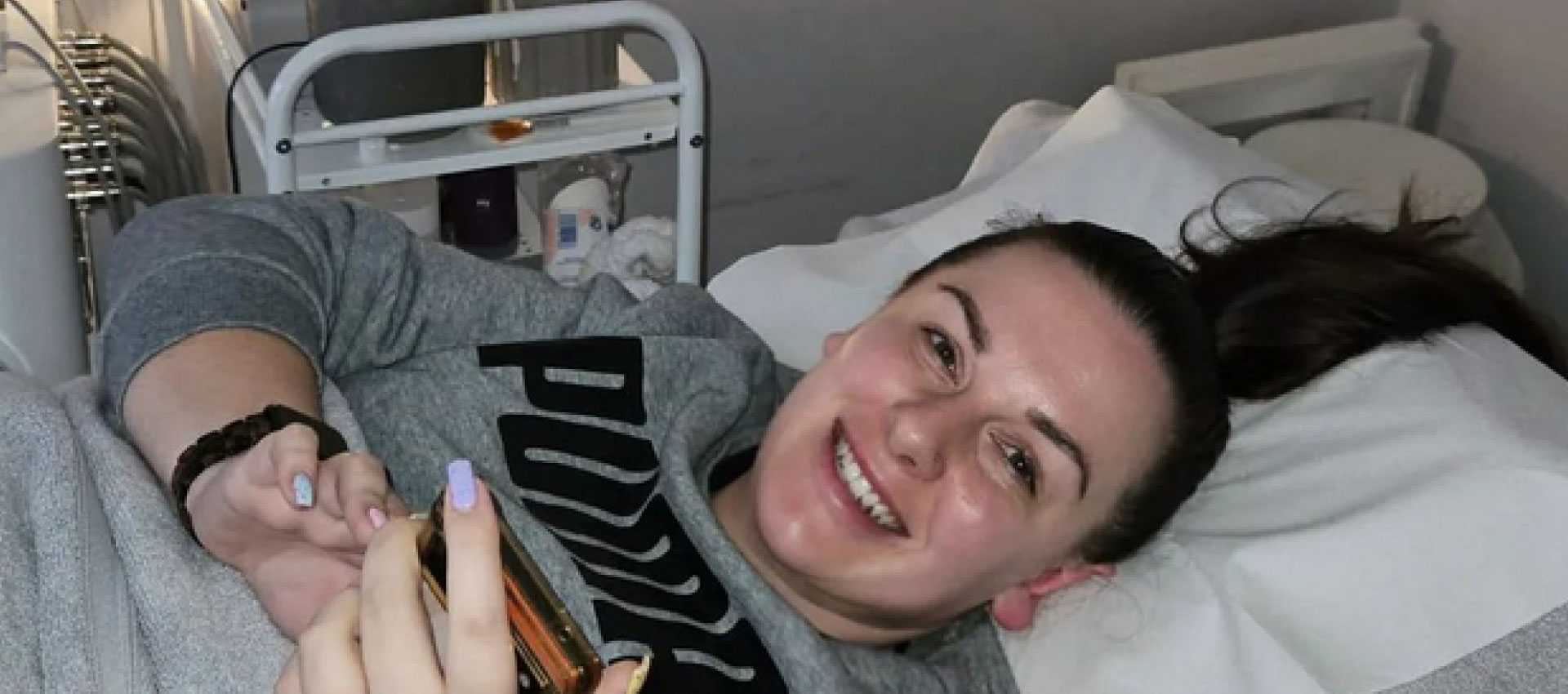Acne is a common skin condition that affects a significant number of people at some point in their lives.
It can feel as if it comes from nowhere to cause causes spots and oily skin, and sometimes it causes the skin to feel hot or painful to touch particularly on the face, back or chest. There’s no doubt that acne can cause people a great deal of distress.
Acne is caused when the sebaceous glands that lubricate hair and skin produce too much of a substance called sebum which can then combine with dead skin cells and block tiny hair follicles. If the blockage is near the skin’s surface it creates a whitehead, and if it is open to the skin, it creates a blackhead.
Although this is a fairly universal experience for people during puberty, for people with acne, the usually harmless bacteria that is present on the skin can infect the plugged follicles causing inflammation of the follicle and surrounding skin which results in red, swollen, painful pimples.
It’s often though that acne is a teenage or young adult condition, but this isn’t necessarily the case. Older age groups can be affected by the typical acne traits of congested skin, blocked pores and skin blemishes too.
Traditional acne treatments include topical treatment of over-the-counter creams that contain benzoyl peroxide and for more severe acne, GPs can prescribe medication and make referrals to a dermatologist.
However, besides medication, Intense Pulse Light (IPL) treatment is a technique which directly targets the overactive sebaceous glands to reduce the severity and number of sore spots, reducing both inflammation and re-occurrence. In addition, new collagen production is stimulated by the IPL treatment which lessens red or brown areas of skin and improves skin tone.
A simple process, IPL treatments are short – usually around 30 minutes – and unless pregnant or taking isotretinoin acne medication, almost everyone, of any skin tone, can benefit. Treatment consists of using a chilled gel applied to the skin followed by the laser applicator which is passed over the area to be treated several times.
After the treatment, the gel is removed, and moisturiser is applied. The skin may tingle and look a little red, but this usually fades within a couple of hours. Very occasionally a small blister may form, or the skin may temporarily appear darker or lighter.
Inevitably, the number of IPL treatments needed depends upon each individual, but up to 6 treatments generally results in significant improvements.
People considering IPL light therapy as a treatment for acne should talk to a professional, experienced, aesthetic practitioner who will discuss their needs and advise a tailored programme to suit them.







